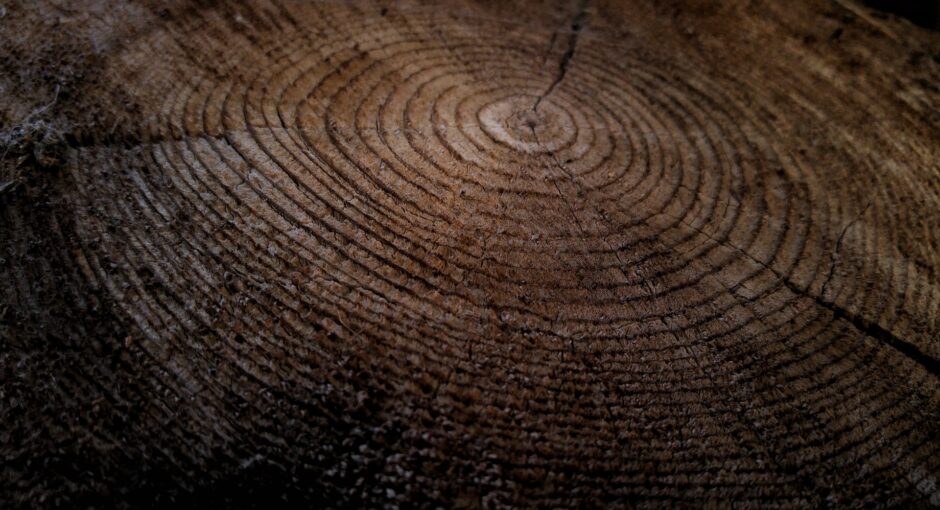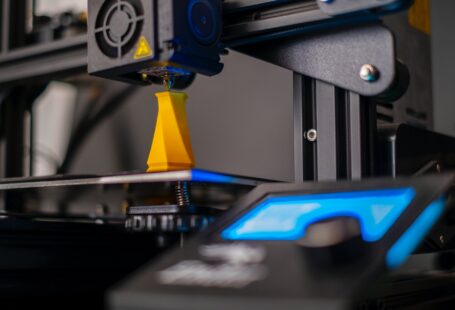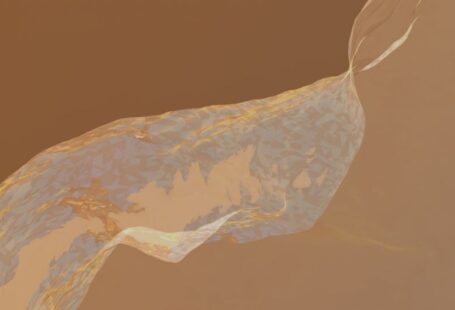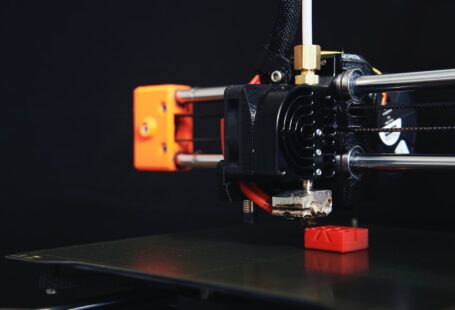Three-dimensional printing has become increasingly popular in recent years, as it allows for the creation of objects that are not possible using traditional manufacturing methods. One of the materials used in 3D printing is wood filament, which can provide a unique look to the objects created. In this guide, we will explore what wood filament is, how it is used in 3D printing, and the advantages and disadvantages of using it.
What is Wood Filament?
Wood filament is a type of plastic filament designed to mimic the look and feel of real wood. It is a mix of biodegradable PLA plastic and wood particles, which can be combined in various proportions to create different colors and textures. The wood particles can also be mixed with other materials such as metal or plastic to create unique effects.
How is Wood Filament Used in 3D Printing?
Wood filament is used in 3D printing in the same way as any other plastic filament. It is fed into a 3D printer which then melts it and extrudes it in layers, forming the desired object. The wood filament can be used to create objects with a wood-like texture or even objects that look like they are made of solid wood.
Advantages of Using Wood Filament
Wood filament has several advantages when compared to other materials used in 3D printing. Firstly, it is a biodegradable material, meaning it is much more environmentally friendly than other plastics used in 3D printing. Secondly, wood filament can be used to create objects with a unique wood-like finish, which can look very realistic. Finally, wood filament can be used to create objects with complex shapes, as the wood particles can be combined with other materials to create unique designs.
Disadvantages of Using Wood Filament
While wood filament has many advantages, there are also some disadvantages to using it. Firstly, it can be more expensive than other materials used in 3D printing, as it requires more processing to combine the wood particles with the plastic. Secondly, it can be more difficult to work with than other materials, as the wood particles can clog the extruder or cause other problems. Finally, wood filament can be difficult to sand and finish, as the wood particles can be harder to work with than other materials.
Conclusion
Overall, wood filament is a great material to use for 3D printing as it can provide a unique look and feel to the objects created. It is a biodegradable material which is much more environmentally friendly than other plastics used in 3D printing. However, it can be more expensive and more difficult to work with than other materials, so it is important to consider all the advantages and disadvantages before using it.





